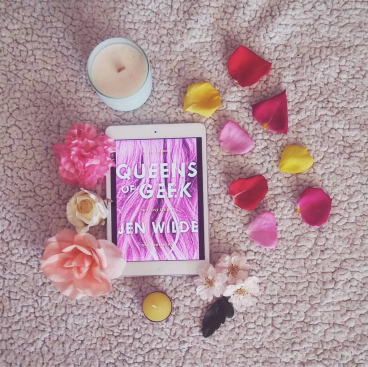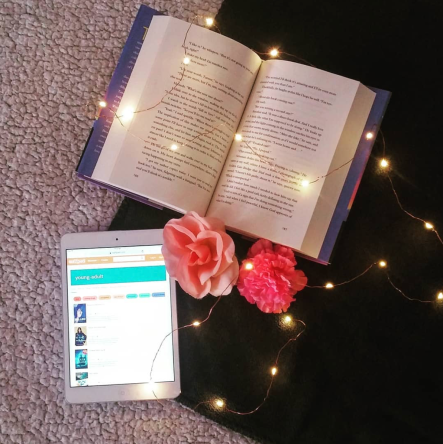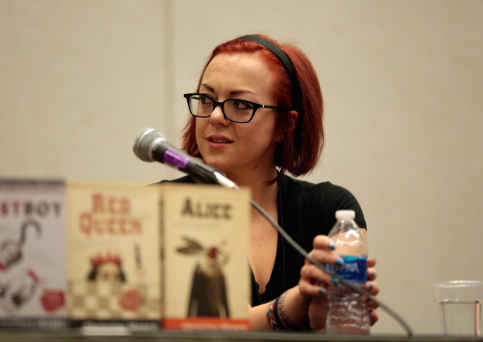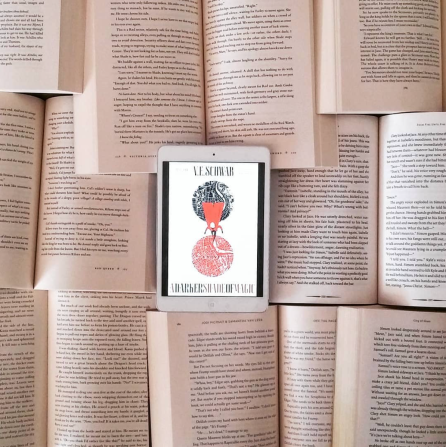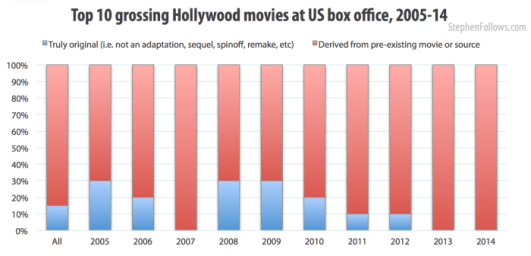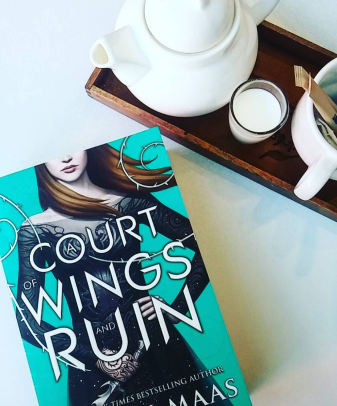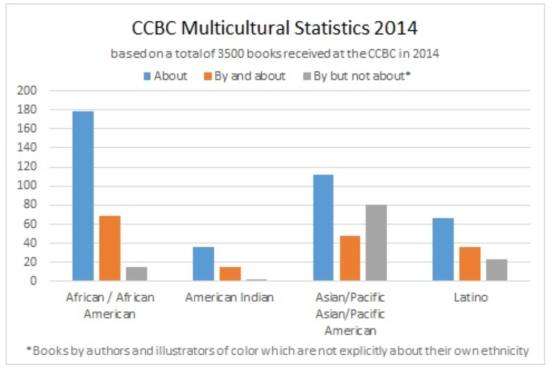How does a DDS* sell YA books?
Transcript:
I’m interviewing Katrina McVeigh, manager of the Target book department over in Maribyrnong. As the leader of the entire department, Katrina is there for the daily running of the book section and interacts with customers of all ages. We talked at length about how a discount department store sells books, primarily Young Adult, in both the physical store and online sphere.
Katrina: At Target we don’t know when books are coming in unless it’s a new release, then we got a date, but even so once we’ve sold out of that, we don’t know when the next drop will be. It could be within a couple of days, but more often than not it’s a couple of weeks or even months, or maybe we don’t get them in again, due to the size of the department.
Interviewer: What percentage of books that Target sell are Young Adult books?
Katrina: The Young Adult books, I would say is ten percent.
Interviewer: That little?
Katrina: Yeah, it’s that small. So fifty percent probably our Fiction books, then Cookbooks, Biographies, Memoirs, and you got Children’s books, colouring books … so yeah, I’d say ten percent would be Young Adult books.
Interviewer: Do they not sell as well as Adult fiction novels or…?
Katrina: I find they still sell well, but for some reason the layout of the aisles … there’s certainly a lot more space allocated for fiction; and maybe because they buy so much more of a variety for fiction and non-fiction books as opposed to Young Adult, we’ve only got one side so … on that side I can probably get out a thousand books compared to the Adult books.
Interviewer: Roughly, what’s the price of Young Adult books at Target? Actually, leading onto that, how do you think that compares to traditional bookstores like Robinsons and QBD, and even Big W, as well?
Katrina: So at the moment, I would say from nine dollars up to about fourteen dollars, however, that new book that come out (The Book of Dust / La Belle Sauvage) was twenty dollars. So recommended retail price, that is thirty-two dollars.
Interviewer: Wow. For The Book of Dust?
Katrina: For The Book of Dust.
Interviewer: That’s crazy, that’s such a drop.
Katrina: It is, its, but our, um, like our Anh Do, all those books at our store are nine dollars in, um, Robinsons or QB books you’re looking at sixteen to eighteen. They always come into us first.
Interviewer: Yeah.
Katrina: Like they get, you know, cause quite often than not I’ll say to them, ‘If we’ve sold out, oh, you can try the bookstores’, and they always say, ‘Listen, we’ve tried here first,’ … everywhere – it’s no secret.
Interviewer: No.
Katrina: The secret is out!
Interviewer: Yeah.
Katrina: Target is cheaper. Obviously most of the time they do come to Target because it’s a store that’s renowned now for having the new release books, and hopefully we get them out on time.
Interviewer: Has there ever been a time where, um, the book has come in late or something like that?
Katrina: Definitely, and it’s due to delivery.
Interviewer: Yeah?
Katrina: So with our books, they’re actually direct to store and at Target, all of our stock actually goes through DC [distribution centre/warehouse], gets split up, gets sent out to stores. Our books however, are direct-to-store and it comes via TNT. So TNT will just drop off books and that’s it. Some days I’ll get three boxes, some days I’ll get maybe forty.
Interviewer: How does Target compete in the online sphere?
Katrina: On Target dot com dot au, there’s only a handful of books on there. It’s a shame really because we got such a great variety of books and a great range, it’s a shame that Target haven’t put more of our books on our –
Interviewer: Mmm.
Katrina: online. Because at Target now, our online make a huge difference to our weekly budget. So, last week for instance, our – we were falling short of budget, but due to online during the week, we had some big days and that bumped our sales up. It didn’t – it didn’t have nothing to do with books, but online itself its drawing people in. So if perhaps Target were to put more of our books online, pictured, it may have a bigger impact on our book department sales.
Interviewer: Do you think because Target doesn’t have many books at all on the – on their online, do you think maybe cause they know websites like Booktopia, Amazon, Book Depository, that they’re just so strong, they don’t even bother to put it online?
Katrina: Perhaps that is the case, or perhaps it’s just the fact that they’re looking at it thinking – I guess at Target, clothing is such a huge margin of our sales; clothing is I think maybe sixty or seventy percent –
Interviewer: Wow.
Katrina: And I guess the mark-up on the clothes –
Interviewer: Mmhmm.
Katrina: Far outweighs the mark-up on a book.
Interviewer: Yes.
Katrina: So I don’t know what Target get the percentage-wise, but if we’re selling a book at nine dollars, they’re only maybe getting one or two dollars out of that.
Interviewer: Because they marked it down so much?
Katrina: That’s right, because the – of the price is so low. Whereas our clothes – we can sell a dress for thirty dollars … they’ve probably bought it at five dollars. So they concentrate more, they probably put more resources in the clothing side of it.
Interviewer: With everything that we’ve learnt, do you think that Target is a genuine contender for selling Young Adult books?
Katrina: I think they’re a contender, it would be nice to have more space for it. Because every day, a couple – I have customers I can make happy – I can, I can get the book, they’re on the shelf when they ask for it. But more often than not I say, I’m so sorry we’ve had that book, it’s sold out.
Interviewer: It’s a fast department.
Katrina: It is. It does. But it’s a fast department to sell it, but its not a fast department where the stock comes in.
Interviewer: Oh.
Katrina: It’s not a quick turnover, like if I sell it – if I sold out today, I may not see that book come in for a couple of weeks, maybe even a couple of months. And maybe that’s what it comes back to with them, they have to buy certain amounts. However, there certainly is a market for young adult books at Target. I think perhaps, Target could perhaps reinvent the department by tables and displays. I think there is room for improvement.
*DDS: discount department store.
—
Credits:
Interviewer: Laura Cesile.
Interviewee: Katrina MacVeigh, Manager of the Book Department at Target Maribyrnong.
Podcast image credit: Jamieson: ladyofshadws Instagram. Used with permission. Link.
Music: Creative Commons, YouTube video – uploaded by Audio Lounge Music “Royalty Free Music”. Link.

